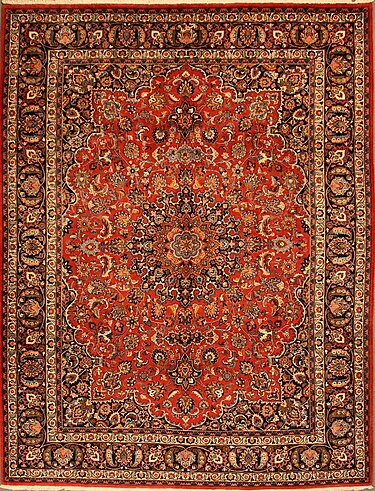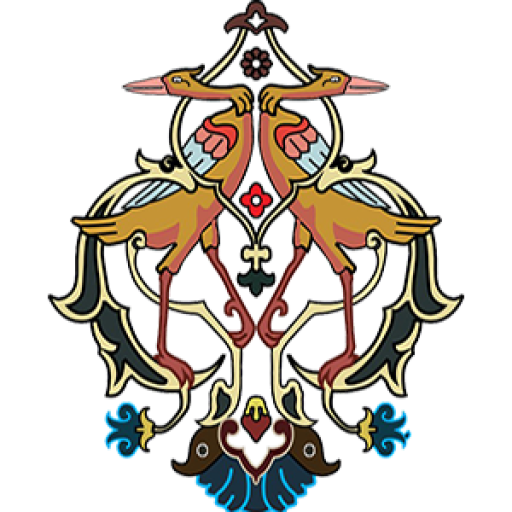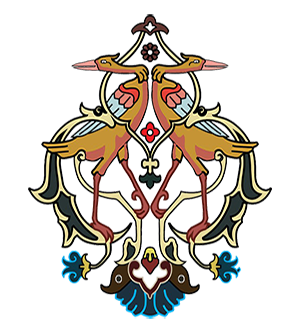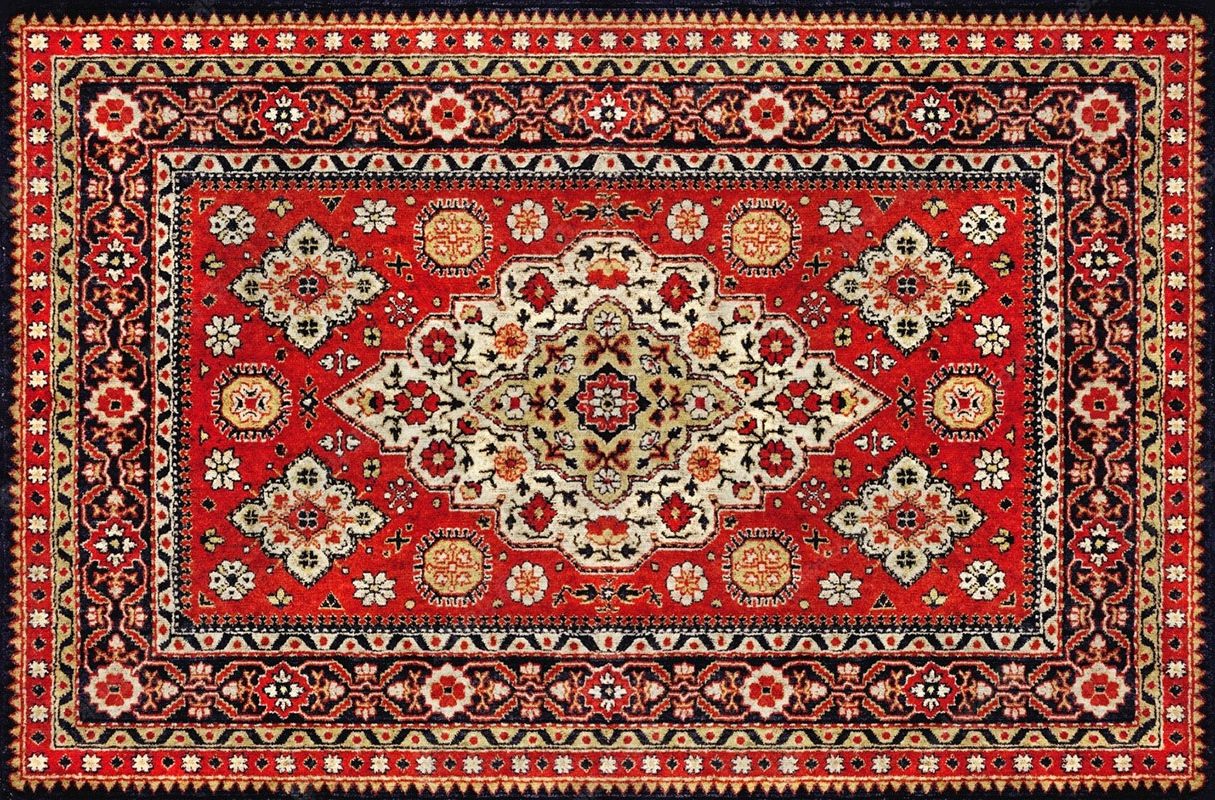The Art and Craftsmanship Behind Persian Handmade Rugs


Persian handmade rugs are celebrated worldwide as masterpieces of textile art, known for their intricate designs, vibrant colors, and exceptional durability. The process of creating a Persian rug is a meticulous journey that can take months to years, requiring the skill of artisans who have perfected their craft over generations. This combination of artistry, time, and high-quality materials is what makes Persian rugs so valuable and sought after.
The Process of Crafting Persian Handmade Rugs
- Material Selection: The quality of materials used in Persian rugs is paramount. Artisans often choose premium wool, silk, or a blend of both. Wool is preferred for its durability and softness, while silk is prized for its delicate luster and the ability to create finer, more intricate designs. The natural sheen and strength of these materials ensure that the rug ages beautifully and retains its quality for decades.
- Dyeing with Natural Colors: Persian rugs are traditionally dyed using natural, plant-based dyes sourced from native plants, roots, and minerals. These dyes create a palette of rich, enduring colors that do not fade with time. The dyeing process itself is an art, requiring skill and patience to achieve the precise hues that will bring the rug’s design to life.
- Design and Pattern Planning: Persian rug designs are highly detailed and may include floral motifs, geometric patterns, or intricate scenes inspired by nature, mythology, or the artisan’s own imagination. Many designs are traditional and passed down through generations, while others are unique creations that showcase the artisan’s personal artistry. Each design is planned meticulously, and in some cases, a small-scale sketch called a “cartoon” is created to guide the weavers.
- The Knotting Process: Every Persian rug is woven by hand using a traditional knotting technique. Depending on the intricacy of the design and the material used, a single rug can contain hundreds of thousands, or even millions, of knots. Each knot is tied with precision, ensuring that the rug has a dense and durable structure. This labor-intensive knotting process is what gives Persian rugs their exceptional durability and intricate detail.
- Washing and Finishing: Once the weaving is complete, the rug undergoes a washing process to soften the fibers and enhance its colors. After washing, the rug is carefully trimmed, and any final adjustments are made. This finishing stage ensures that the rug meets the high standards of quality and beauty for which Persian rugs are renowned.
Why Persian Handmade Rugs Are Expensive
- Time and Labor: Creating a handmade Persian rug is an exhaustive process that can take several months to several years, depending on the size, design complexity, and knot density. Each rug involves countless hours of manual labor from skilled artisans, making it a significant time investment that is reflected in its price.
- Artisan Skill and Heritage: Persian rug weaving is an ancient craft, often passed down through generations. The expertise and dedication of the artisans—combined with their intimate knowledge of traditional techniques and patterns—add immense value to each rug. Unlike machine-made rugs, a handmade Persian rug carries the personal touch, care, and legacy of its creator.
- Quality of Materials: The high-quality wool, silk, and natural dyes used in Persian rugs are not only costly but also sourced and processed with great care. Natural dyes are more expensive than synthetic ones and require an intricate dyeing process to achieve the depth and richness of color that defines a Persian rug. High-grade materials also mean the rug is made to last, adding to its value.
- Durability and Longevity: Persian rugs are known for their resilience and can last for generations when cared for properly. They are considered investment pieces because they do not simply serve as decorative items; they gain value over time and become family heirlooms. Many Persian rugs increase in value with age, much like fine art.
- Limited Production: True Persian handmade rugs are rare, with each piece being unique. They are crafted in limited quantities, and the time-intensive, handcrafted process means that no two rugs are identical. This exclusivity makes each rug a collector’s item, adding to its cost and desirability.
In essence, Persian handmade rugs are more than just home decor; they are works of art, embodying a rich cultural heritage and the skills of artisans who dedicate their lives to mastering this craft. Their intricate designs, exceptional quality, and cultural significance make them a lasting investment, one that adds elegance and beauty to any space for generations to come.



